Banishing Post-Shave Itch: Discover the Causes and Ultimate Remedies
Shaving often causes skin irritation, especially with a dull razor or on sensitive skin. Tips and products can help reduce post-shave itchiness and irritation. Artificial scents and harsh chemicals in shaving products, like alcohol, can worsen this issue. People shave for various reasons, and it remains a quick and effective way to remove body hair. This article explores why skin itches after shaving and how to prevent it.
Razor Burn and Bumps
Razor burn is a common skin irritation resulting from improper shaving techniques, leading to red, itchy bumps. It often occurs when dry shaving without creams or gels. Unlike razor burn, razor bumps result from ingrown hairs that develop after shaving.
Folliculitis
Post-shave itching might indicate folliculitis, an infection of the hair follicle caused by bacteria, fungi, or viruses. It results in red, acne-like spots and itchy, painful skin. The American Academy of Dermatology (AAD) notes that Staphylococcus aureus often causes it. Some people are more susceptible, and shaving against hair growth increases the risk.
Tips for Preventing Problems in Specific Body Areas
Shaving can irritate hair follicles. Using a dirty razor and shaving against hair growth can introduce bacteria, causing infection. Razor burn, bumps, and folliculitis often occur in frequently shaved areas like legs, the pubic region, and the face. This section covers shaving's impact and ways to reduce skin irritation.
Legs
Leg skin is less sensitive than the pubic area but can still get razor burn from:
- Shaving too quickly or frequently
- Using an old razor
- Shaving against hair growth or too closely
- Using harsh chemicals in shaving products
To reduce razor burn:
- Apply a cool compress after shaving
- Avoid shaving until healed
- Use soothing moisturizers like aloe vera or shea butter
- Treat inflammation with hydrocortisone or antibiotics if needed
- Always use gentle shaving creams or gels on hydrated skin
Pubic Hair
The pubic area is highly sensitive, requiring careful shaving to prevent irritation. Contributing factors include:
- Excessive moisture and chafing, especially in warm conditions
- Thicker, curlier hair prone to ingrown hairs
- Frequent shaving due to rapid hair growth
To minimize irritation:
- Trim hair with scissors or clippers before shaving
- Soak the skin in warm water
- Apply soothing shaving cream or gel
- Hold the skin taut
- Shave slowly in the direction of hair growth
- Rinse with warm water and pat dry
- Use fragrance-free moisturizer like CeraVe or Vanicream
- Consider an electric trimmer for sensitive skin
Testicles and Scrotum
Shaving the scrotum can be irritating due to its delicate skin, although less hair grows there than in the pubic area. Using a trimmer may be preferable for some men. When shaving the scrotum, follow these steps:
- Hold the skin taut without causing discomfort
- Apply gentle pressure to prevent cuts
- Shave in the direction of hair growth
- Avoid using a dull razor
Face
Men's facial hair often grows close to the skin, increasing ingrown hair and irritation risk. Pseudofolliculitis barbae occurs when beard hair curls inward, causing inflammation, especially in those with curly hair. Dermatologist Robert Anolik, MD, FAAD, suggests these tips:
- Moisturize and soften the skin with water
- Let shaving cream sit for 2–3 minutes
- Shave in the direction of hair growth
- Rinse the razor after each stroke
- Finish with a cold water rinse
- Apply moisturizer and sunscreen
- Store razors in a dry place to prevent bacterial growth and skin irritation
Conclusion
Shaving can irritate the skin if you:
- Shave against hair growth
- Use dull or dirty razors
- Shave too frequently
- Skip shaving cream or gel
- Apply too much pressure
Though convenient, shaving can cause razor burn or folliculitis.
Understanding and Treating Shaving Rash: Your Complete Guide
What is a Shaving Rash?
Shaving rash is particularly common among men with curly hair, especially those of Black descent, resembling 'razor bumps'. Symptoms include visibly red or darkened, painful bumps that may result in scarring in severe instances.
Remedies for Shaving Rash
To address these issues, check for signs of infection like redness or inflammation. Use Aloeclear if needed to soothe and cool the skin. Pause shaving briefly, then trim the beard closely with scissors to encourage straighter regrowth and reduce ingrown hair risk. When you resume shaving, avoid pulling the skin or shaving against the grain for at least two weeks. For visible ingrown hairs, gently use tweezers after applying a hot water-soaked flannel to soften the skin, then trim them carefully. Apply Aloeclear twice daily for ingrown hairs under the skin. Aloeclear, a roll-on liquid, helps alleviate ingrown hairs, razor burn, and bumps from various hair removal methods.
Preventing Shaving Rash
To avoid shaving rash, avoid pulling or over-stretching the skin during shaving. Pulling the skin can cause hairs to retract into the follicle after shaving, leading to ingrown hairs and razor bumps. These issues often result from improper technique and low-quality products. Investing in better techniques and higher-quality products can help prevent these problems and enhance your shaving experience.
Below are a selection of our products that will help improve your daily shave by improving performance and reducing skin irritation:
SHAVING STARTER KIT COMBO FOR MEN | PACK OF 4
AFTER SHAVE BALM AND PRE SHAVE OIL - SEA BUCKTHORN & ALOE VERA
SHAVING SOAP - OUDH & SANDALWOOD
Sensitivity in Indian Skin: A Comprehensive View
Sensitive skin is globally prevalent and extensively studied in Europe, the US, and Japan. This study aimed to assess its epidemiology in India, a previously unstudied area. A nationwide sample of Indians aged 15 and above was selected via quota sampling based on sex, age, profession, urban/rural status, and region.
Introduction

Sensitive skin, a term coined by Frosch and Thiers, involves sensations like tingling, prickling, heat, burning, pain, or itching, often with erythema. It reacts to physical (UV, heat, cold, wind), chemical (cosmetics, soaps, pollution, water), psychological (stress), and hormonal (menstrual cycle) factors that typically don’t provoke such responses. Also known as reactive, hyper-reactive, intolerant, or irritable skin, it usually affects the face but can impact hands, scalp, or genital areas.
The first epidemiological study on sensitive skin was in the UK in 2001, followed by similar surveys in various countries. These studies targeted populations aged 15 and older. Understanding sensitive skin globally is crucial, with no prior data from India. This study aimed to conduct India's first epidemiological investigation into sensitive skin.
Findings

Overall, 27.9% of men and 36.7% of women reported having either "sensitive" or "very sensitive" skin, with a significant difference between the sexes. Specifically, 5.5% of men and 8.2% of women reported having "very sensitive skin."
Younger individuals (aged 15-44) showed higher rates of sensitive skin compared to older adults (over 45 years old).

42% of individuals with dry skin, 39% with oily skin, and 28% with combination skin reported having "sensitive" or "very sensitive" skin. Among those with normal skin, the prevalence was 22%.
People with "sensitive" or "very sensitive" skin more frequently answered "yes" to questions about experiencing rashes, tingling, or irritation due to factors like emotional issues, temperature changes, sun exposure, cosmetics, dry air, air-conditioning, water, pollution, and temperature variations compared to others.
Conclusion
In this study, about 27.9% of men and 36.7% of women reported having "sensitive" or "very sensitive" skin. The prevalence of sensitive or very sensitive skin among Indians is similar to Spain, Greece, Portugal, and Brazil, but lower compared to Japan, the US, France, and Italy.
Feel free to check out our full range of skincare, hair care, body care and shaving products at The Pink Woolf to enhance your grooming routine and achieve healthier, irritation-free skin.


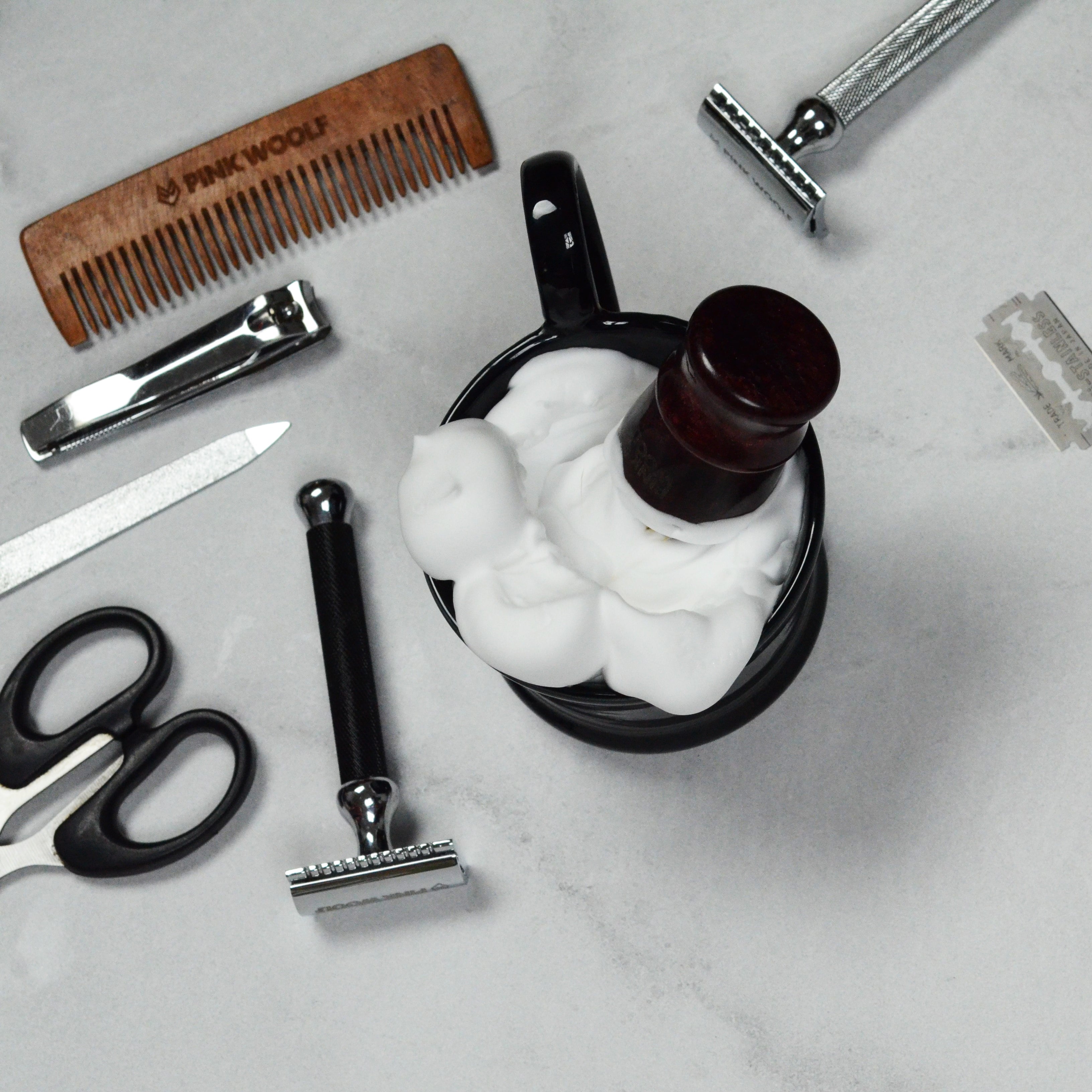
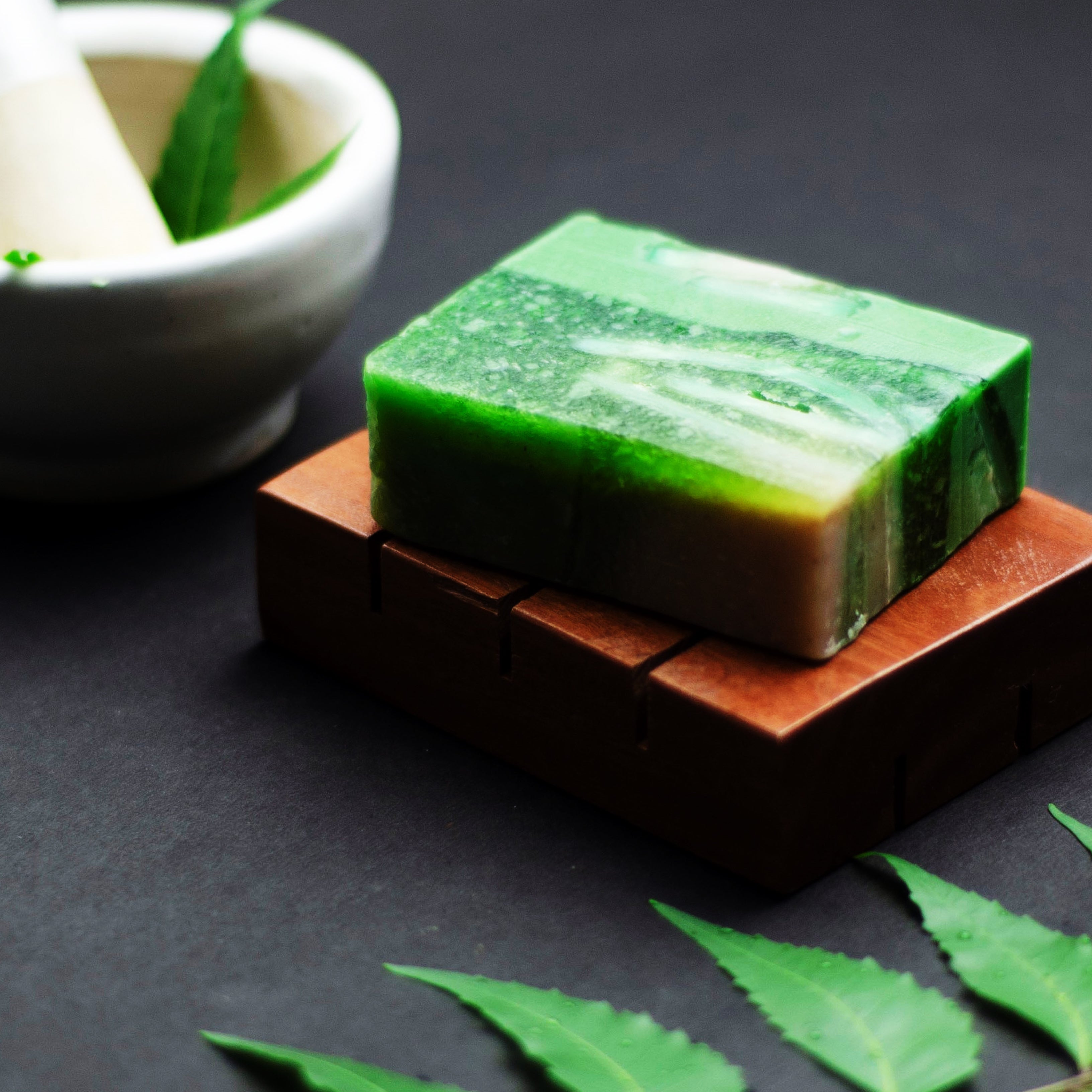
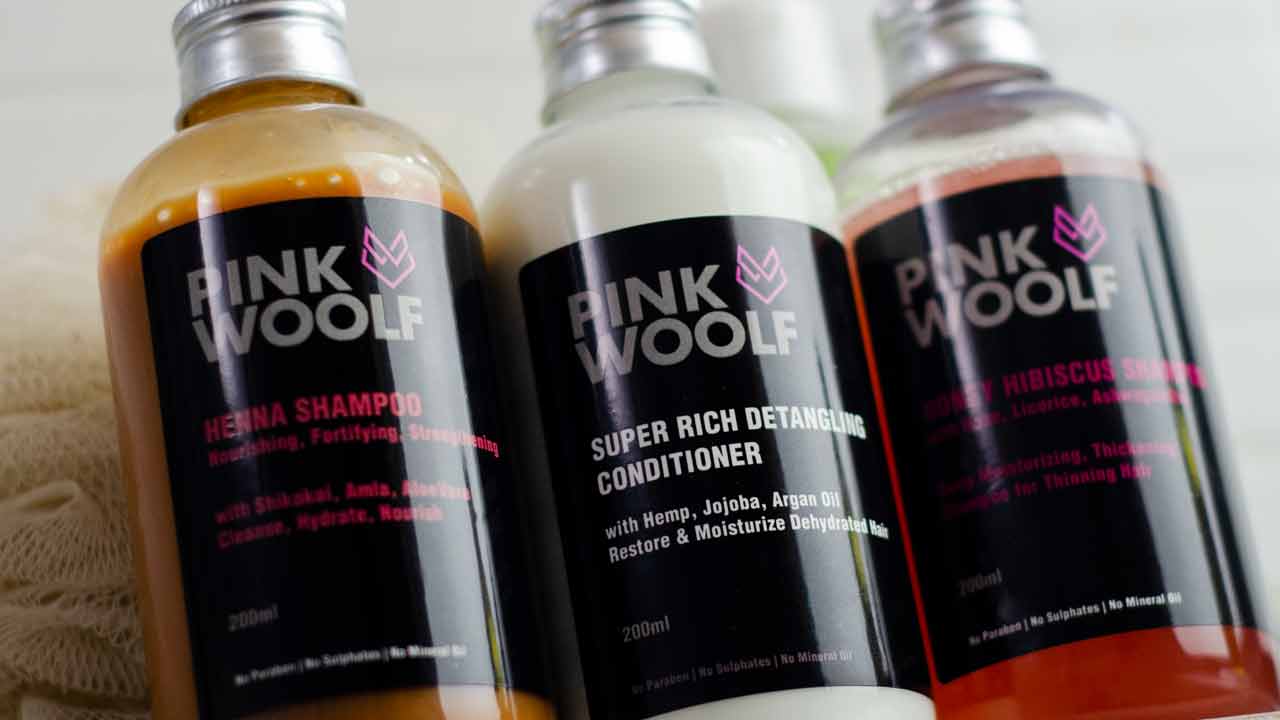
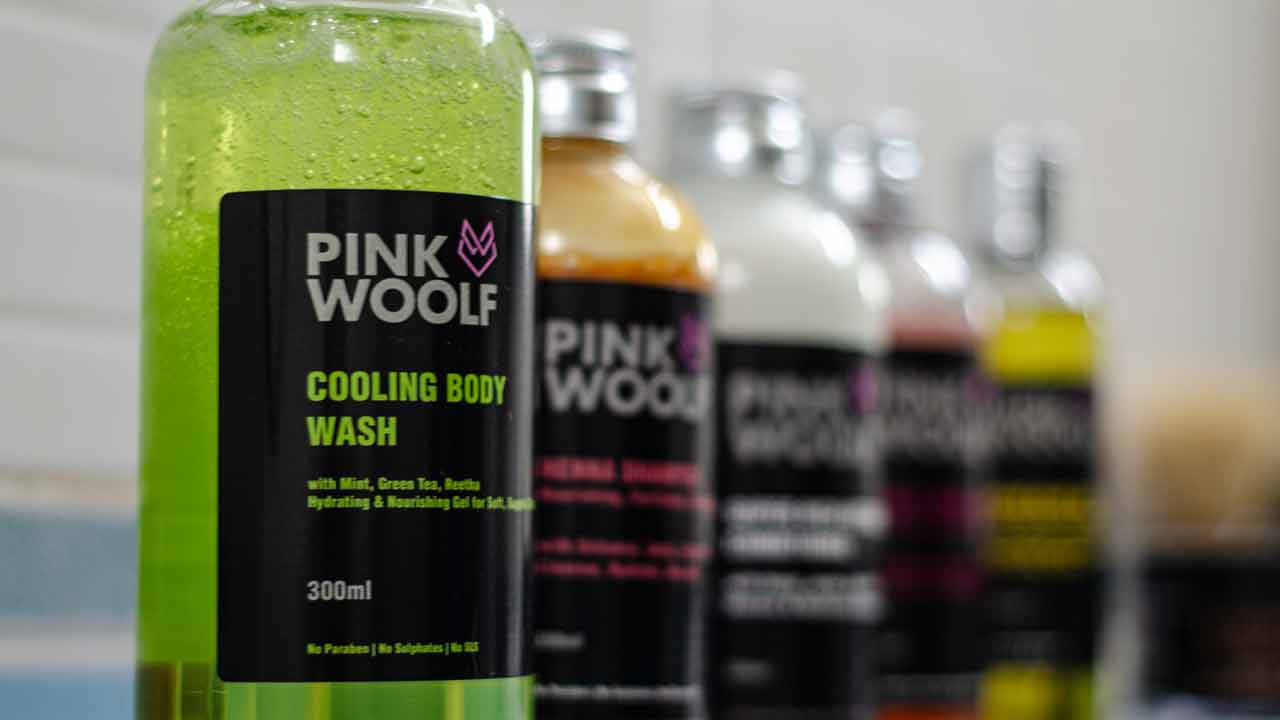
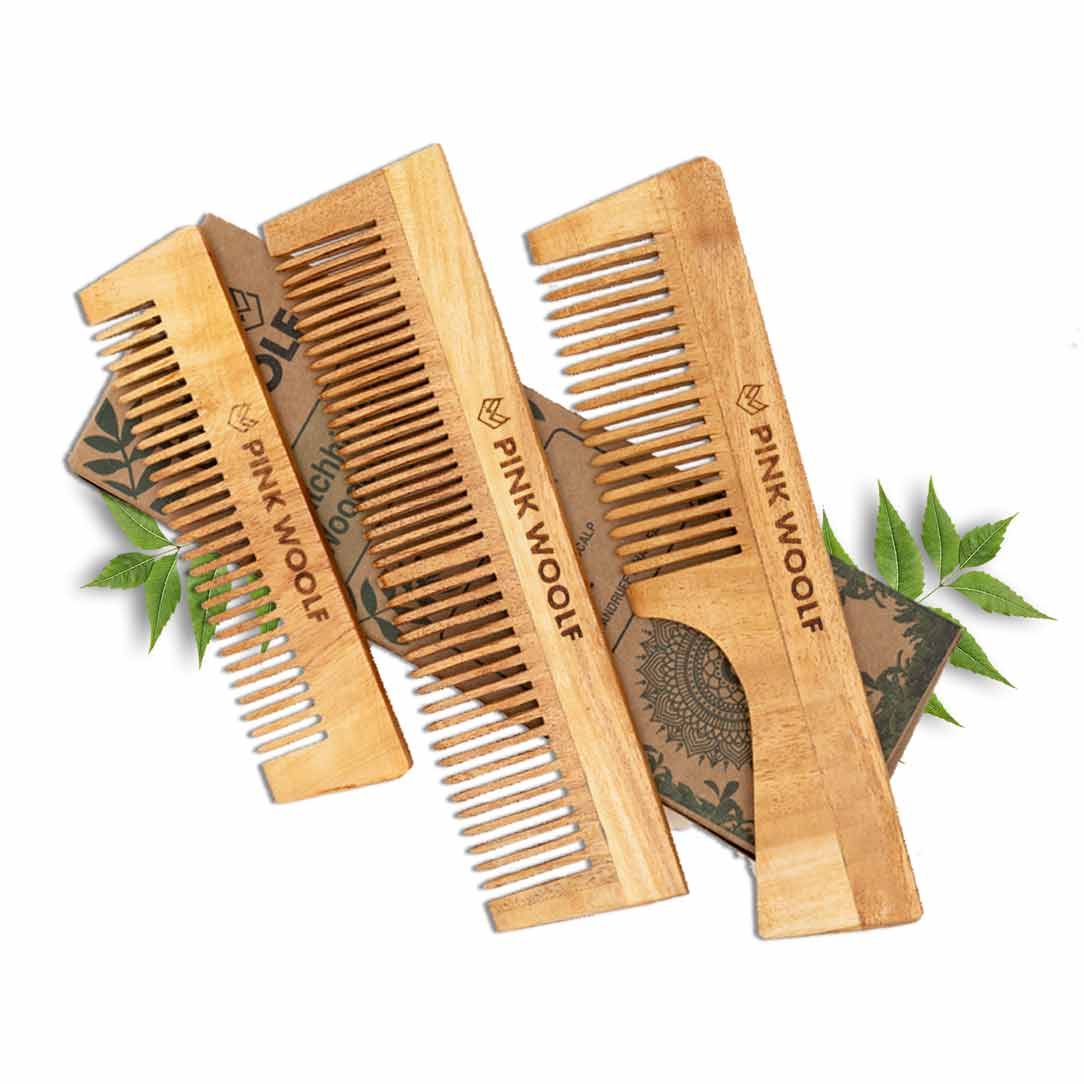
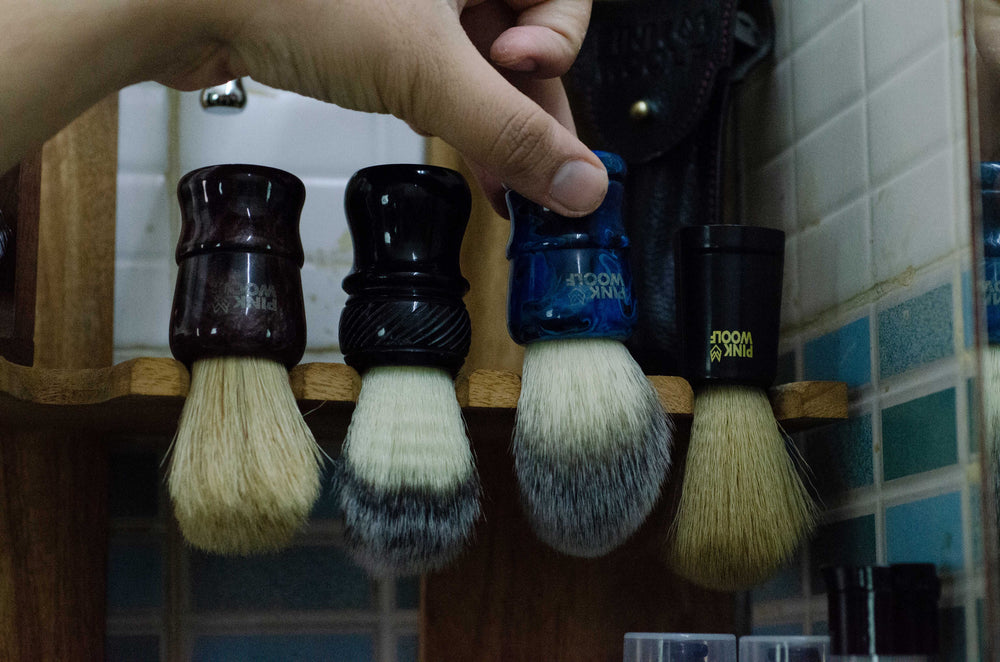

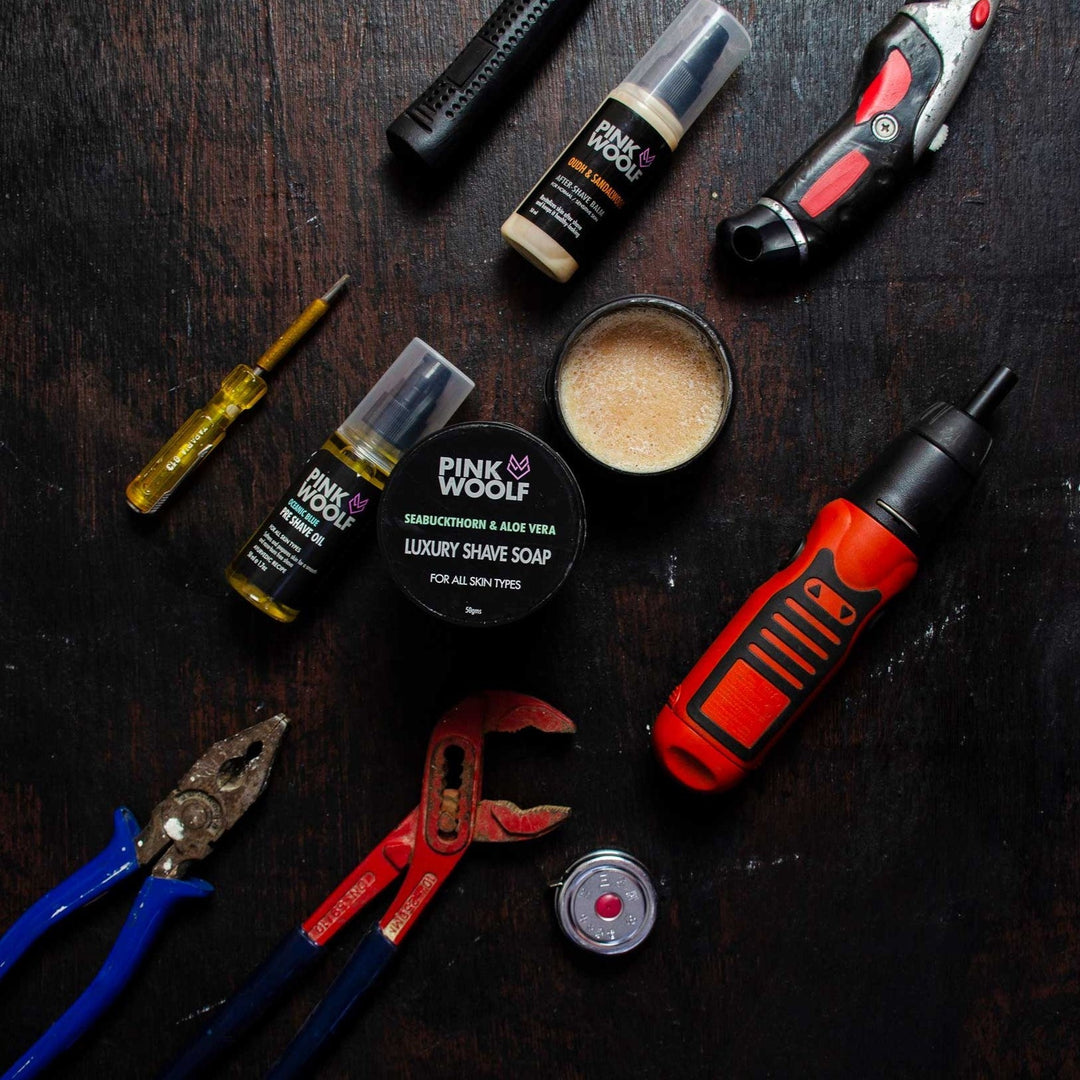
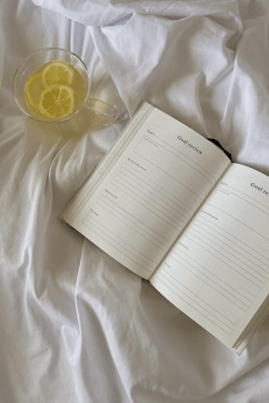

Leave a comment